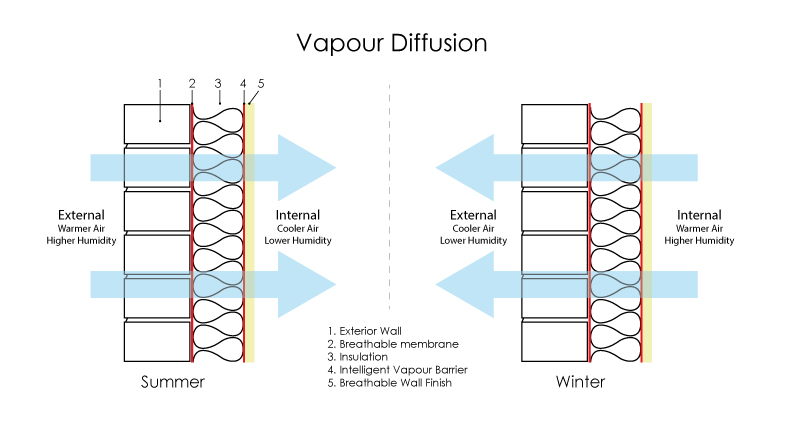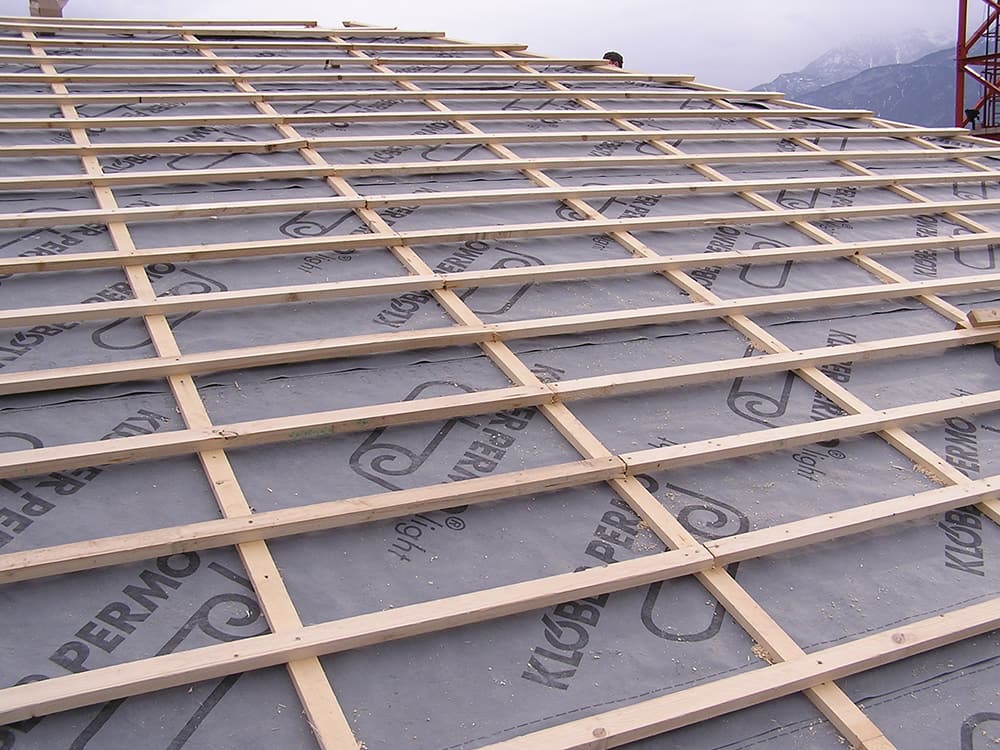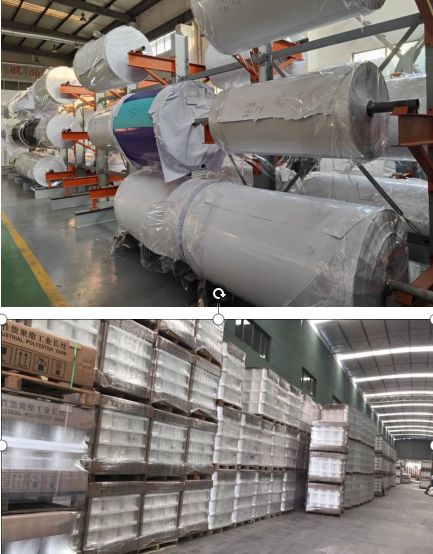What is breathable membrane and how it works
What is breathable membrane and how it works
I: What is breathable membrane
Prevent damp in a building by installing a breathable membrane. The installation will assist in keeping mould at bay, which is normally caused as a result of damp conditions. But what is breathable membrane, and how does breathable membrane work?Many property owners and tenants face the problem of damp in buildings. It can cause serious issues, including breathing problems, frost damage and even structural damage. Breathable membrane allows an insulated building to release surplus moisture vapour into the air. This keeps the structures secure and dry.

II: Why to use Breathable membrane:

Damp in buildings can cause a number of serious problems, such as:Damp patches/Mould growth, mildew, salts, staining and ‘tide marks’/Damage to surface finishes/Corrosion and decay of building fabric/Slip hazards/Frost damage/Poor performance of insulation/Damage to equipment, or electrical failure.
The most common causes of persistent damp in buildings are:
Surface condensation.Interstitial condensation (condensation within the fabric of a building's construction, either on the surfaces of components that make up the fabric, or sometimes within the components themselves).
Penetrating damp.Rising damp.Breather membranes (or breathable membranes) are water resistant but vapour permeable. Typically they are used within external wall and roof constructions where the external cladding may not be completely water-tight or moisture resistant, such as in tiled roofs or framed wall constructions.
The membrane is located on the cold side of insulation and prevents moisture (as well as snow, wind, and contaminants such as dust) that may have been driven through the external cladding, from penetrating further into the structure. However, their air-permeability allows the structure to be ventilated, avoiding the build-up of interstitial condensation.
Any moisture that forms on the outside face of the membrane should be able to vent or drain to the outside.Breather membranes can also improve the thermal efficiency of a building’s external envelope and can provide temporary protection from the weather during construction or repair works.
III: Breathable membrane working principle:


Breathable membranes are water-resistant (as well as resistant to snow and dust), but air-permeable. You would usually use them within external wall and roof structures in which the exterior cladding may not be completely water-tight or moisture-resistant, such as in tiled roofs or framed wall constructions.The membrane is located on the cold side of the insulation. It prevents moisture that may have been getting through the external cladding from piercing further into the structure. However, their air-permeability allows the structure to be ventilated, avoiding the accumulation of condensation.Breathable membranes also act as a secondary layer of protection to help prevent external environmental impurities such as dirt and rain from entering the structure and causing damage.
If you used no membrane, then the water would condensate and start to drip down through the structure. Over time, this would weaken the structure and make it look unappealing. It would also cause damp problems further down the line.In addition to the above, breathable membranes can be used to improve the thermal properties of a structure. They can provide short-term protection from adverse weather conditions during essential construction or repair works.
IV: Breathable Membrane Functions:

The functional qualities for breather membranes are:
a.To restrict any rain water that penetrates past the exterior finish
b. To perform as a breather material allowing any moisture trapped in the wall cavity
to escape
c. To act as a wind barrier to restrict movement of air through the wall
V: Breathable Membrane Applications:
Breathable roof membranes are typically used in constructions where external cladding or tiles are not completely water-tight or resistant to moisture. The breather membrane is located on the cold side of a roof’s insulation - beneath the support for the tiles to prevent anything penetrating the structure. The three key performance areas for breather membranes are: resistance to water vapour, water vapour permeability and water tightness.

VI: About Derflex:
Derflex is one of the oldest breathable membrane manufacturer at China for more than 20 years.

Welcome to reach us at Ann Li with What”s APP&Wechat:+86-187-0192-0943 E-mail: ann@derflex.com